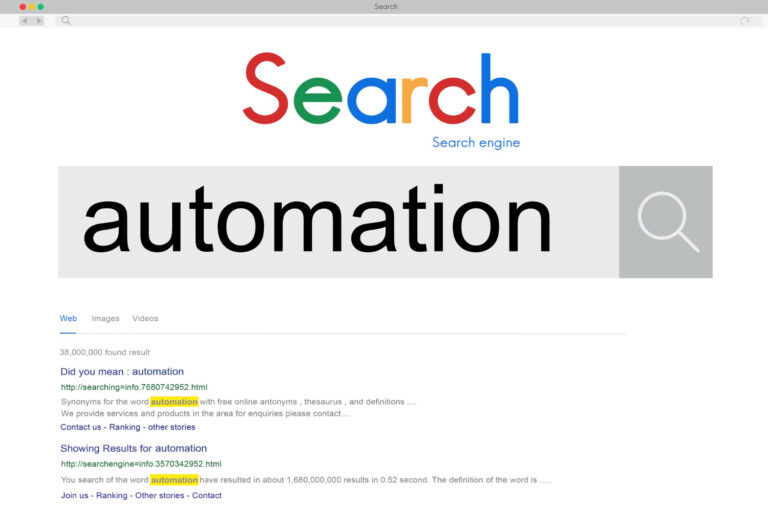BERT Algorithm Explain
BERT (Bidirectional Encoder Representations from Transformers) is a groundbreaking algorithm in the field of natural language processing (NLP) developed by Google. It was introduced in 2018 and has since revolutionized the way machines understand human language. Here’s a breakdown of what makes BERT so significant:
- Contextual Language Understanding:
- Traditional NLP models often processed text in one direction (either left-to-right or right-to-left), which limited their ability to understand the context of a word fully. For instance, in the sentence “I read a book on the read,” the word “read” has different meanings based on its position.
- BERT, on the other hand, reads text bidirectionally, understanding the context of a word based on all of its surroundings (both left and right of the word). This allows for a much more nuanced and comprehensive understanding of language.
- Transformer Architecture:
- BERT is built on the Transformer architecture, a model introduced in the paper “Attention Is All You Need”. The key innovation in Transformers is the use of attention mechanisms that learn contextual relations between words (or sub-words) in a text.
- In BERT, these attention mechanisms help the model to focus on relevant parts of the input when processing language, improving its ability to understand nuances and relationships between words.
- Pre-training and Fine-tuning:
- BERT is first pre-trained on a large corpus of text. During this phase, it learns general language patterns and structures. The pre-training tasks include predicting randomly hidden words (masked language modeling) and predicting the next sentence.
- After pre-training, BERT can be fine-tuned with additional output layers to perform a wide range of specific language tasks such as sentiment analysis, question-answering, or language translation. This fine-tuning adapts BERT to specific needs or datasets.
- Impact on NLP Applications:
- BERT has shown state-of-the-art results in a wide variety of NLP tasks. Its ability to understand the context and nuances of language makes it exceptionally powerful for applications like search engines (improving the relevance of search results), chatbots (enhancing understanding and responses), and text analysis (providing more accurate sentiment and intent analysis).
- Open Source and Accessibility:
- Google released BERT as an open-source model, allowing researchers and developers worldwide to use and further improve upon the model. This has led to the rapid adoption and evolution of BERT across various domains.
BERT’s introduction marked a significant shift in the approach to NLP problems, moving away from purely sequential text processing to a more holistic, context-aware methodology. Its success has spawned a number of variations and inspired further research in the field, continually advancing the capabilities of machines in understanding and processing human language.







